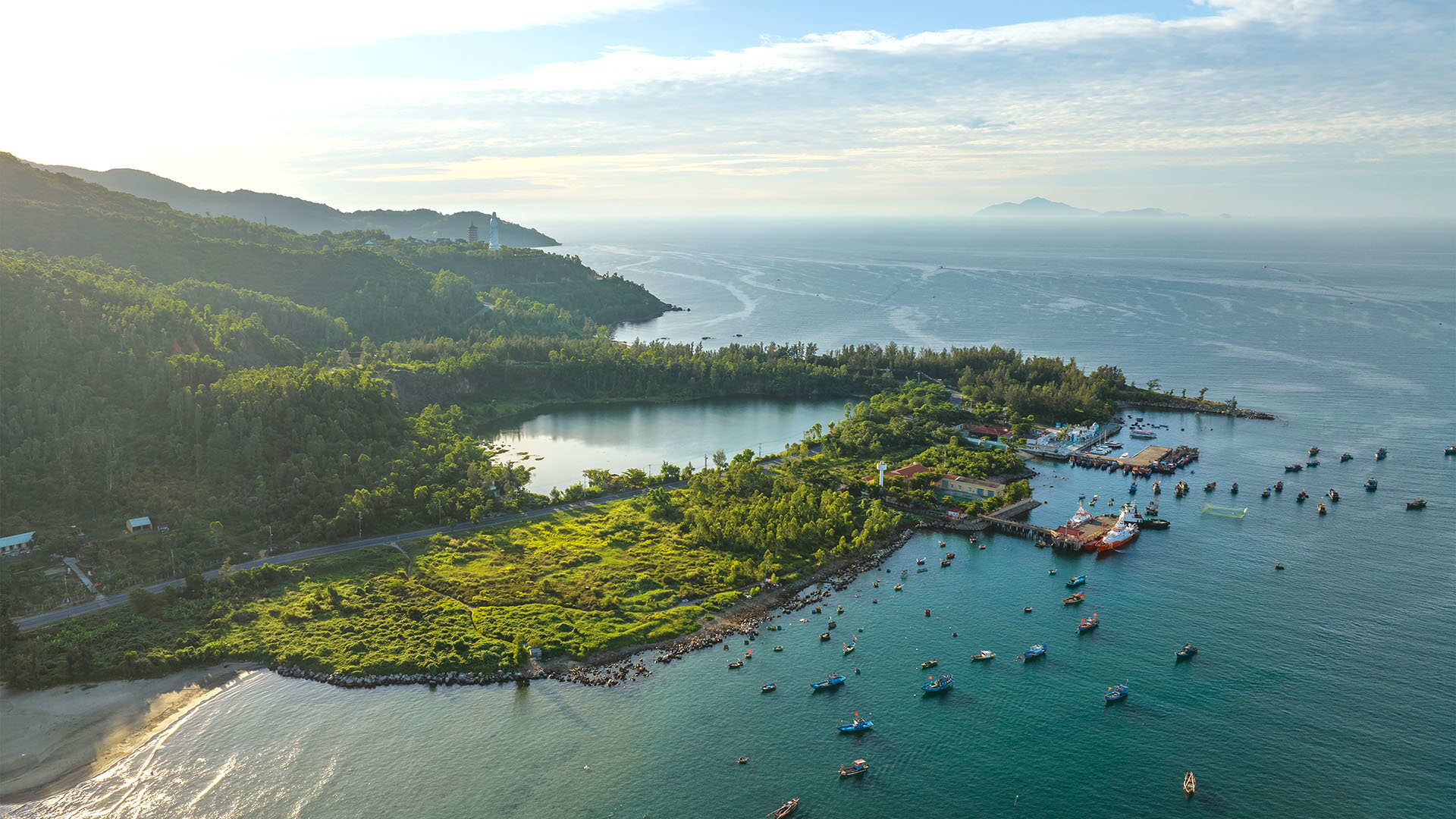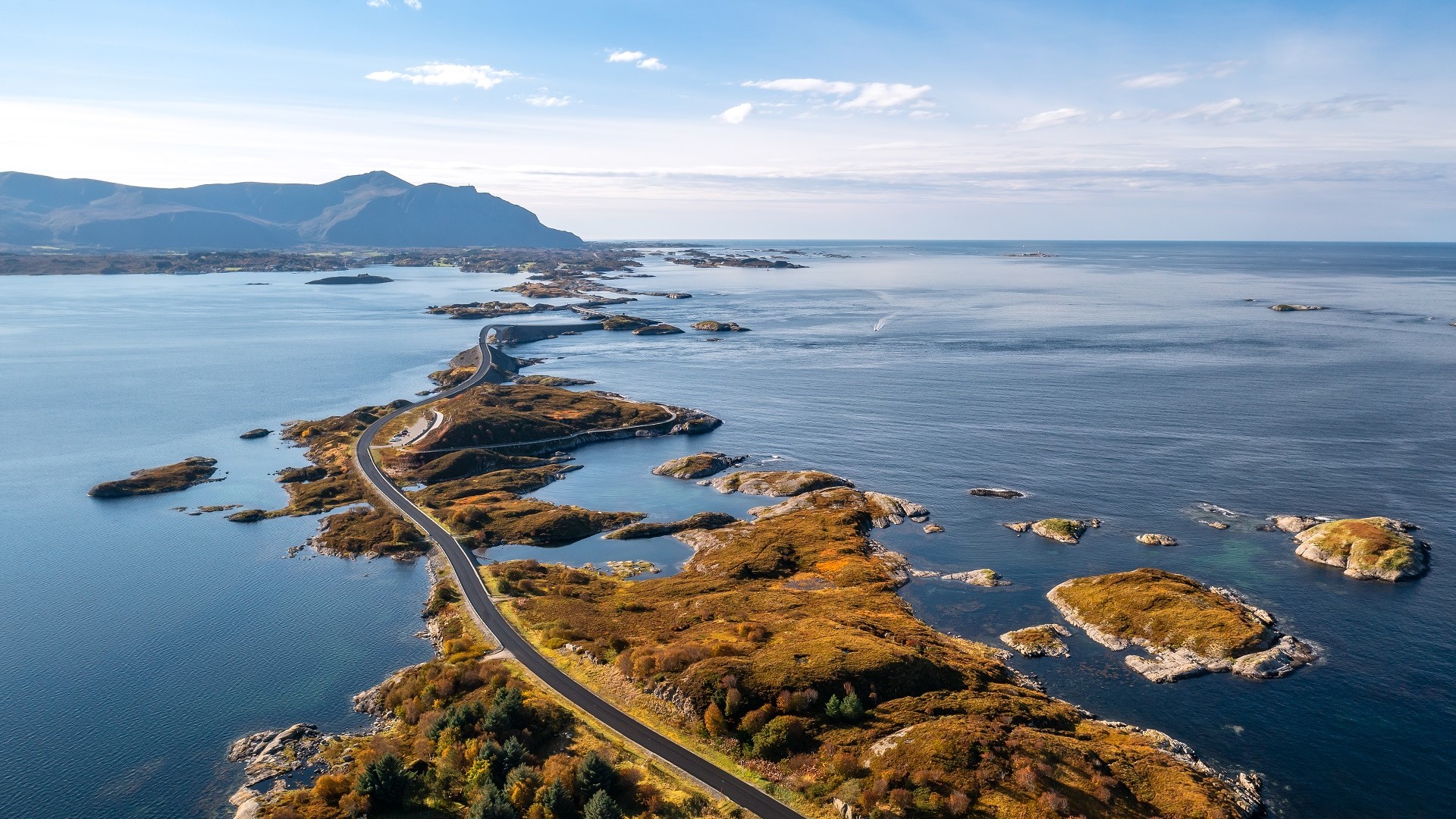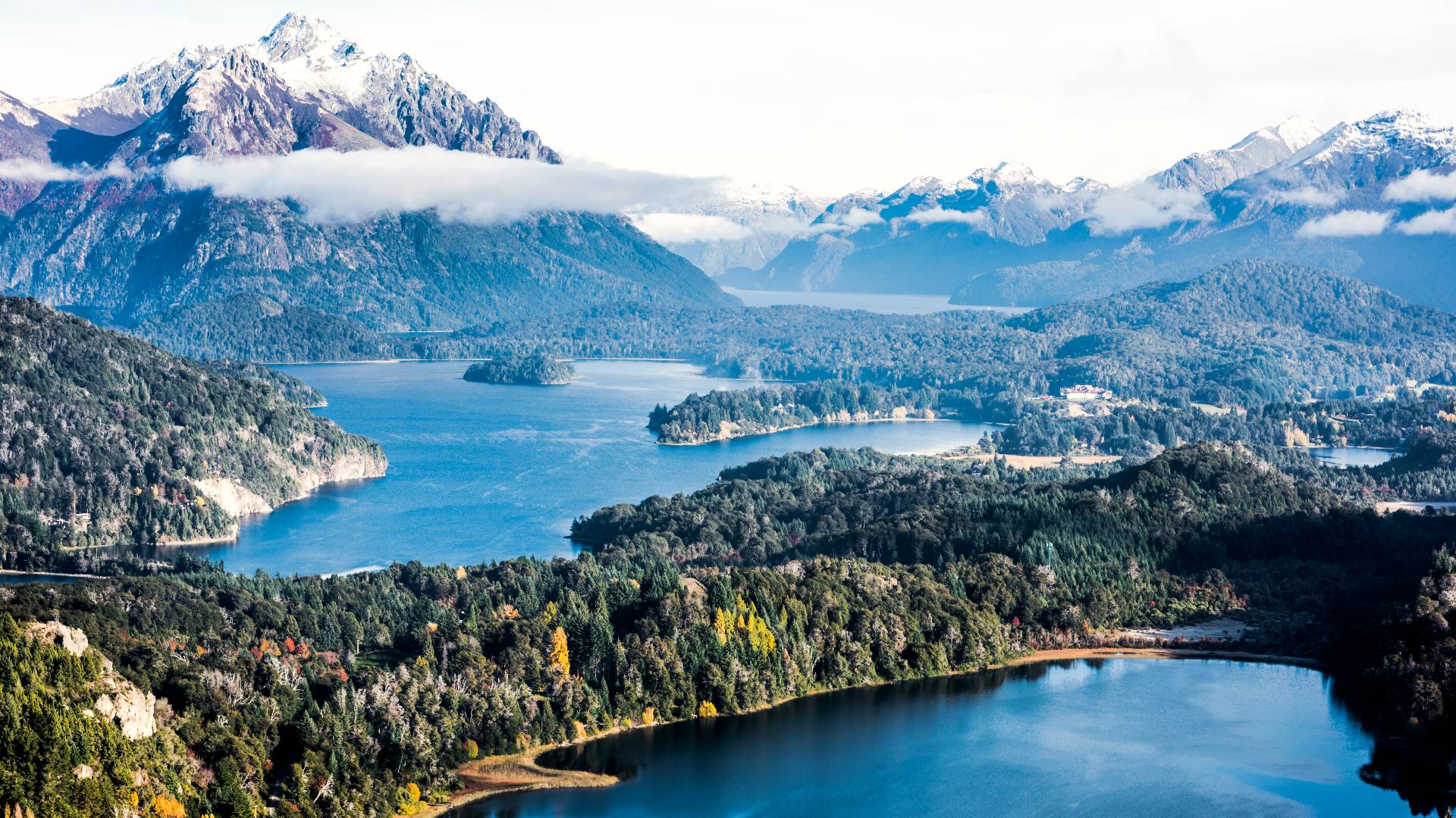
Wind your way through Argentina’s Lake District on a holiday road trip. (Photo: Getty Images)
Road TripsFeel the Holiday Vibes on a Road Trip Through Argentina’s Seven Lakes Region
By Norbert FigueroaDriving through Argentina’s Seven Lakes Region leads you past some of the most spectacular scenery in the country. During the holidays — which fall during the Southern Hemisphere’s warm, summer months — a Seven Lakes road trip grants you a blend of Patagonian Christmas celebrations mixed with the region’s raw nature and impressive mountain panoramas, cerulean lakes, lush valleys and forests.
Driving the Ruta de Los Siete Lagos, or Seven Lakes Route, along Argentina’s famous Route 40, is a not-to-be-missed experience. This dazzling, 240-mile (386-kilometer) road trip will take you from the charming town of San Carlos de Bariloche to San Martín de Los Andes and back.
Which Lakes Constitute the “Seven”?
While there is no official seven lakes list, there is a consensus that the following are the “seven lakes” (listed from south to north): Lago Nahuel Huapi, Lago Correntoso, Lago Espejo Grande, Lago Escondido, Lago Villarino, Lago Falkner and Lago Machónico.
There are several more lakes that don’t make the list, but a proper holiday road trip should include stops at few additional ones. If you base yourself in San Carlos de Bariloche, you could potentially visit all the lakes in one day, but four days is recommended to spend enough time exploring.
Even though this road trip can be done year-round, always check for travel restrictions and closures before planning your trip.
Start: Getting the Holiday Spirit in San Carlos de Bariloche
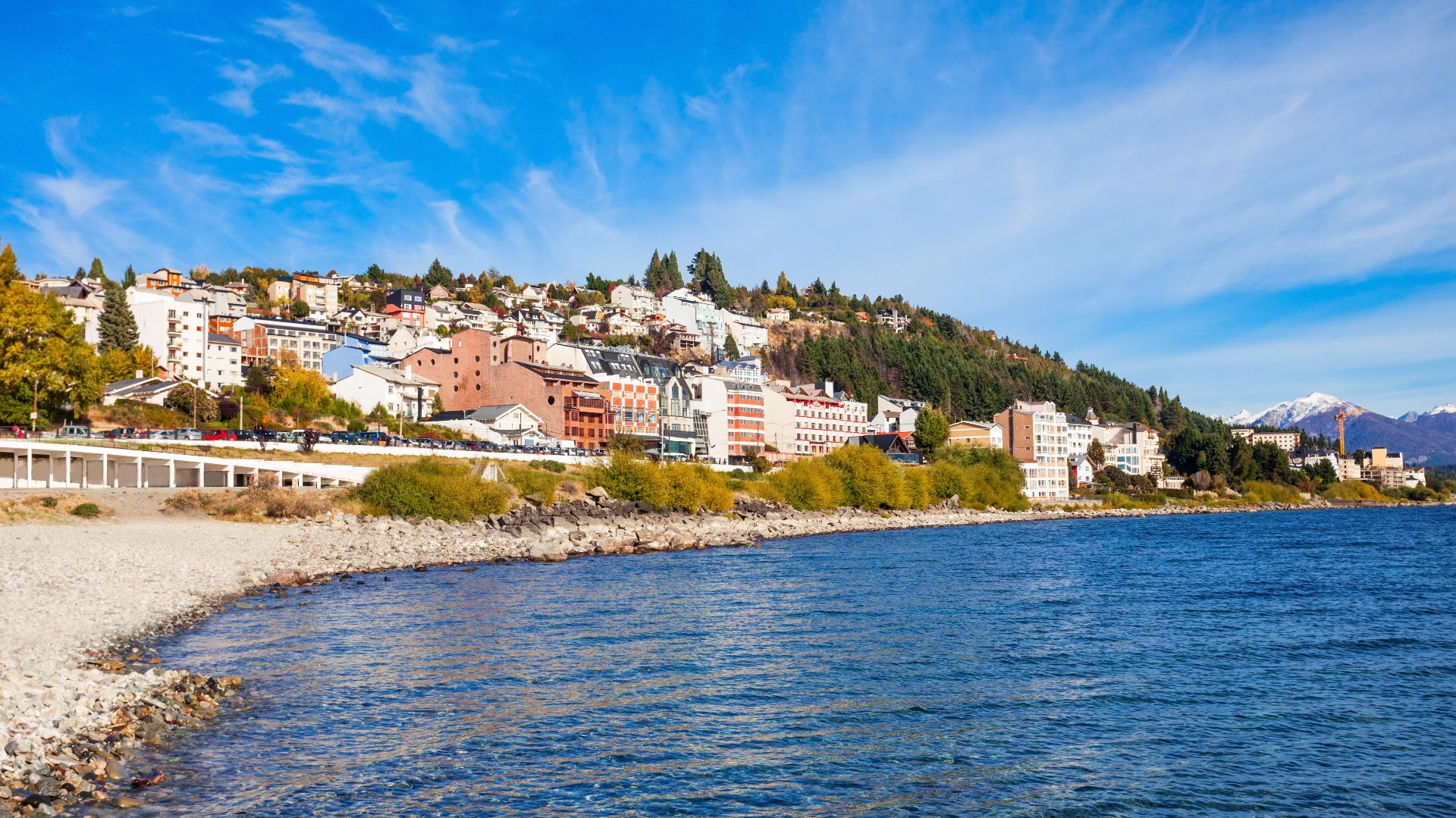
Bariloche celebrates the holidays with a series of spectacles and events. Starting in early December, the town welcomes the season with the lighting of its giant Christmas tree in the Civic Center. The season culminates in early January with the town’s famous Three Kings Day race.
Spend time walking Bariloche’s main streets to see its Christmas decorations, taste its famous chocolates and buy Patagonia-inspired Christmas decorations made by local artists.
Don’t miss visiting the Cathedral of Our Lady of Nahuel Huapi to see the church’s live manger and watch a choir performance. If you’re traveling with kids, this time of year it’s known that Santa Claus visits the town each day to have his picture taken with the littles.
If you have time, drive or take the cable car up Mount Otto to get a peek at the incomparable landscape you’ll be exploring in the next few days, including several short-distance trails where you can hike or ride a mountain bike.
From Bariloche to San Martín de Los Andes
It’s time to hit the road to explore the region’s unspoiled nature. If you want to check out an extra lake from the get-go, book a stay at Arelauquen Lodge, a Tribute Portfolio Hotel, San Carlos de Bariloche. The lodge has stunning views of the surrounding mountains and Lago Gutiérrez in the distance.
From here, cross Bariloche town to reach Route 40 and the first “official” lake, Lago Nahuel Huapi, in Nahuel Huapi National Park.
As the largest lake in the region, Lake Nahuel Huapi, with its jaw-dropping backdrop of forested hills and snowcapped mountains, will provide plenty of ‘Gram-worthy moments for you at the start of the trip.
After Lake Nahuel Huapi, stop at Villa La Angostura, a small resort town with a European, Alpine-village vibe. Even on a warm sunny day, the Bavarian-style wooden buildings give this town a holiday aura commonly found in European cities.
Take your time, fuel up with an empanada and some local chocolate, and then hop on a lake cruise or walk the trails by Los Arrayanes National Park.
Many people say Villa La Angostura is the gateway to the Seven Lakes Route, which might be true. While the views so far have been gorgeous, they are about to get even better.
Continue north on Route 40 to reach Lago Correntoso. Nearby, you’ll pass the Mirador Inalco lookout. Stop here for a panoramic view of Lago Nahuel Huapi.
Further north is Lago Espejo Grande, or Big Mirror Lake. On a calm day, the lake does live up to its name. Stop near the camping area by the lake to get an iconic shot from the beach.
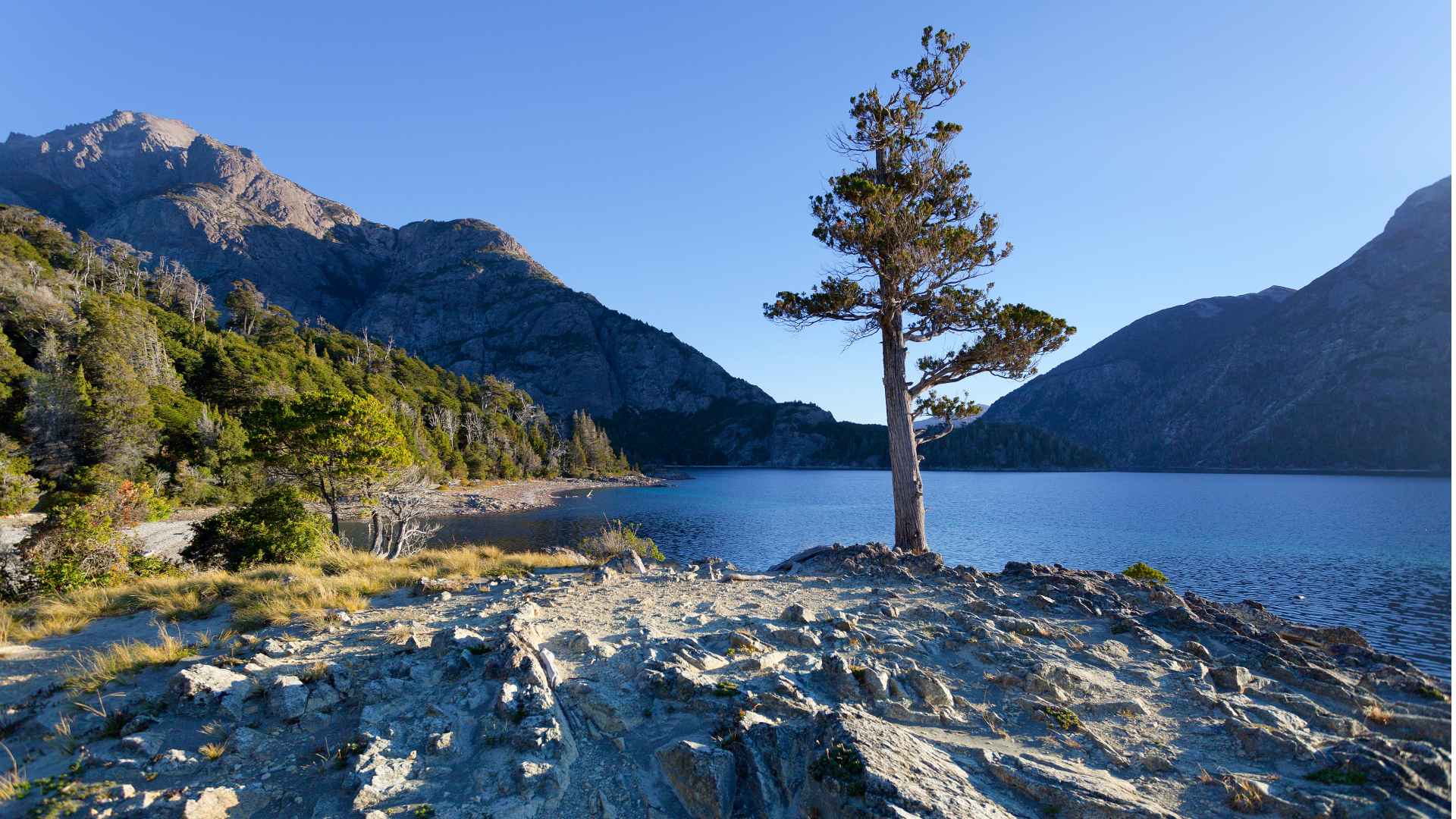
Continuing north, you’ll reach Lago Escondido, and just beyond that, Lago Villarino, a lake popular for trout fishing.
After Lago Villarino, head straight to San Martín de Los Andes, the northernmost town on the Seven Lakes Route. There are still two more “official” lakes to visit in the Nahuel Huapi National Park, but we’ll see them on the way back.
Exploring San Martín de Los Andes
While San Martín de Los Andes is smaller than Bariloche, it is a popular hub for outdoor adventurers looking to hike in the Lanín National Park, kayak and boat around in the Lago Lácar.
San Martín also enjoys a lovely Alpine vibe with its lake and mountains backdrop, which is only accentuated during the holidays.
Since 1977, the town has celebrated the traditional Fiesta de la Navidad Cordillerana, usually held a few days before Christmas in San Martín Square. Similar to Bariloche, there’s a living manger, Santa Claus, church choir, Christmas decorations, dances and a food festival!
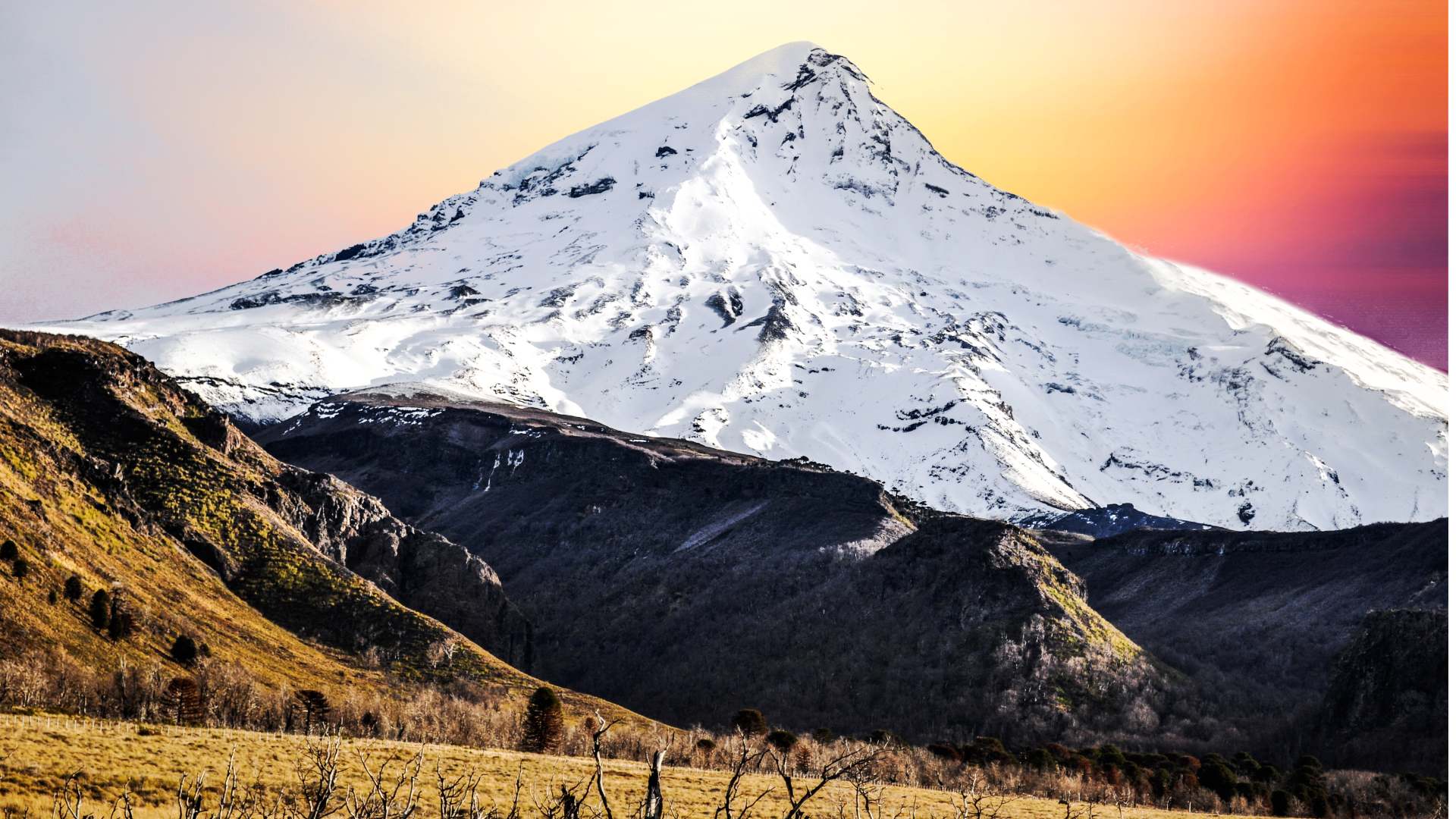
But if you’re there during New Year’s you’ll witness a fireworks spectacle over the serene Lago Lácar.
The holidays last until January 6, when the town celebrates Three Kings Day with an event along the lake.
Lago Lácar is not one of the “official” seven lakes, but many consider it even more impressive than some of the seven lakes. For a striking view, head to Mirador Bandurrias just outside of town.
From San Martín to Bariloche
Even though you’re backtracking, the constantly changing scenery and still unvisited points of interest make Route 40 feel like a new road.
Roughly 12 miles (19 kilometers) south of San Martín you’ll come across Arroyo Partido (Split Creek). It might look like any normal creek that splits into different streams, but what’s curious is that each stream flows toward a different ocean. The creek passing via Lago Lácar heads to the Pacific, while the other heads to the Atlantic.
Further south on Route 40 you’ll reach the Lago Machónico viewpoint, the sixth of the seven lakes. Its name comes from the Indigenous Mapuche word referring to the freshwater crabs inhabiting its waters.
About 2 miles (3 kilometers) south of the viewpoint you’ll see an unmarked dirt track to the right. Take that quick detour to reach Lago Hermoso (Gorgeous Lake), an “unofficial” lake, but one that’s aptly named given its picture-perfect views of the lake and Lanín National Park.
Back on Route 40, head south until you reach the sign for the Cascada Vulliñanco, one of the easiest waterfalls to see along the Seven Lakes Route thanks to its viewpoint on the highway. From the white icicles in the winter to the orange hues in the fall, this waterfall always looks spectacular, no matter the season.
Continuing south, you’ll come to the seventh of the “official” lakes, Lago Falkner. Unlike the previous lakes, this one has a distinctively English name dedicated to an 18th-century Jesuit missionary famous for studying Patagonia’s natives and environment.
The trip’s final leg will take you back to Bariloche, passing again through Villa La Angostura and Lago Nahuel Huapi.






